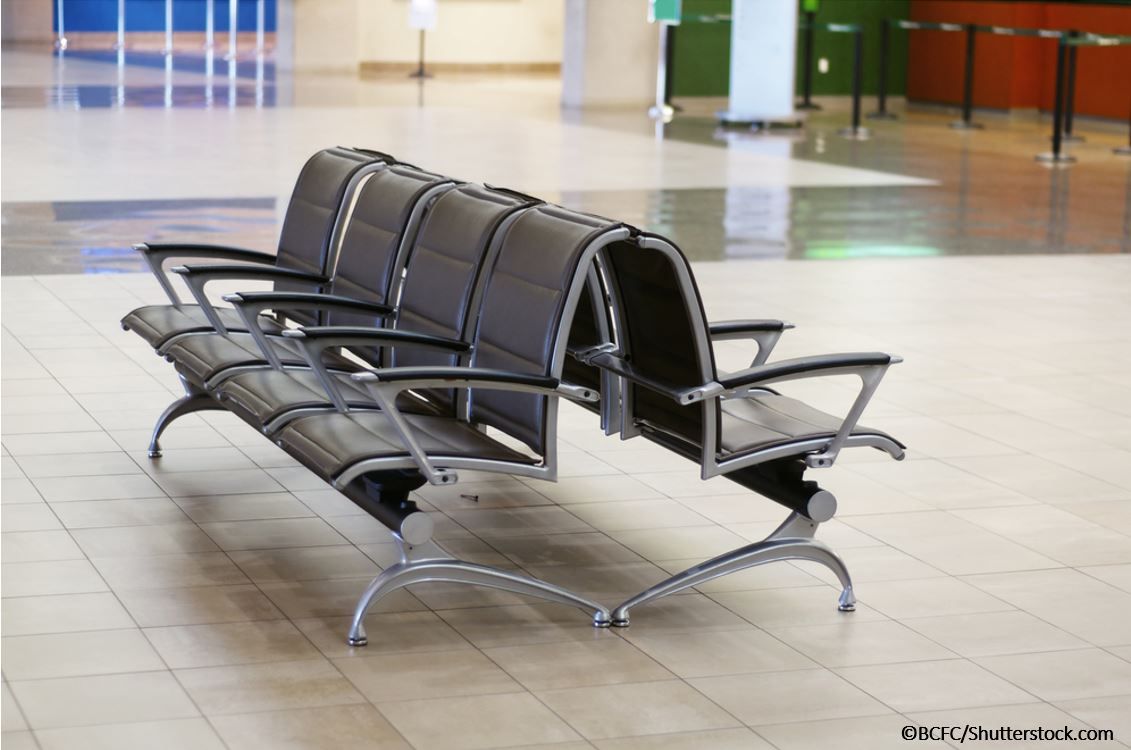- Clinical Technology
- Adult Immunization
- Hepatology
- Pediatric Immunization
- Screening
- Psychiatry
- Allergy
- Women's Health
- Cardiology
- Pediatrics
- Dermatology
- Endocrinology
- Pain Management
- Gastroenterology
- Infectious Disease
- Obesity Medicine
- Rheumatology
- Nephrology
- Neurology
- Pulmonology
Small-town EDs May Have Large Impact on HCV Screening
HCV screening of baby boomers seen in a suburban emergency department found remarkably high seropositivity rates, say authors of a new study.
©BCFC/Shutterstock.com

Emergency departments (ED) outside of large urban areas are important sites for routine screening of baby boomers for hepatitis C virus (HCV), results of a recent study suggest.
The study, which focused on a testing program located in a small urban/suburban area, found an HCV antibody seropositivity rate of 6.6% among boomers, which was twice as high as the Centers for Disease Control and Prevention (CDC) estimated prevalence for this age cohort, according to study authors Julia Kang Cornett, MD, and colleagues with the Division of Infectious Diseases in the Department of Medicine at Rutgers Robert Wood Johnson Medical School, New Brunswick, New Jersey.
This is believed to be the first reported study to assess HCV testing in an ED located outside of a large urban center such as New York City or Baltimore. As such, results may be more representative of what ED screening programs in other smaller urban and suburban settings could achieve, Cornett and co-investigators said in a report on the study that appeared in Open Forum Infectious Diseases.
“Widespread implementation of HCV screening efforts in emergency departments across the nation, not just in epicenters, is needed to increase identification of patients with HCV,” they wrote.
Baby boomers, adults born between 1945 and 1965, should all receive a one-time HCV screening, according to recommendations from the CDC and the US Preventative Services Task Force. That’s in part because more than 80% of persons living with HCV are within that age cohort.
However, recent studies suggest screening efforts are falling far short of that goal. Despite introduction of guideline recommendations, prevalence of HCV testing in baby boomers was just 13.8% in 2015, up less than two percentage points from 2013, according to one recent analysis.
“These results,” noted Cornett and colleagues, “indicate that national guideline recommendations on HCV screening of this high-risk birth cohort have made only a minimal impact thus far, and that there is a crucial need for increased screening efforts.”
In their study, Cornett and colleagues analyzed screening results for 2,928 baby boomers (median age, 60.3 years) tested at a tertiary academic hospital in a small New Jersey city that serves a diverse urban and suburban population. Approximately 57% of test subjects were white, 18% were black, and 42% had private insurance.
Next: Seroprevalence rate a surprise
Seroprevalence rate a surprise
A total of 192 boomers tested positive for HCV antibody, for a seroprevalence rate of 6.6%, which, the authors point out, is twice as high as the CDC’s estimated 3.25% prevalence rate for that age cohort. For white and black patients, seroprevalence rates were 6.6% and 8.9%, respectively, while Medicare and Medicaid patients had seroprevalence rates of 7.7% and 12.3%, respectively.
Subsequent HCV viral load (VL) testing showed that 43% of seropositive patients were also VL positive, for an overall rate of VL positivity of 2.4% for all baby boomers tested in the study. Factors independently associated with higher likelihood of VL positivity included black race and Medicare/Medicaid status.
The 6.6% seroprevalence rate found among boomers in this study was not quite as high as what has been reported in large urban centers, including one study showing a 7.3% HCV antibody positivity rate in a New York City emergency department, and another showing a 13.7% seropositivity rate in a California facility.
Nevertheless, authors said, the present findings argue for the importance of HCV screening in a variety of communities throughout the United States. “Results from our study can be used to advocate for the expansion of routine screening programs of the baby boomer cohort in diverse ED settings not limited to HCV epicenters in large urban settings,” they said in the report.
Source:
Cornett JK, Bodiwala V, Razuk V, et al. Results of a Hepatitis C Virus Screening Program of the 1945-1965 Birth Cohort in a Large Emergency Department in New Jersey. Open Forum Infect Dis. 2018;26;5:ofy065. doi: 10.1093/ofid/ofy065. eCollection 2018 Apr.
